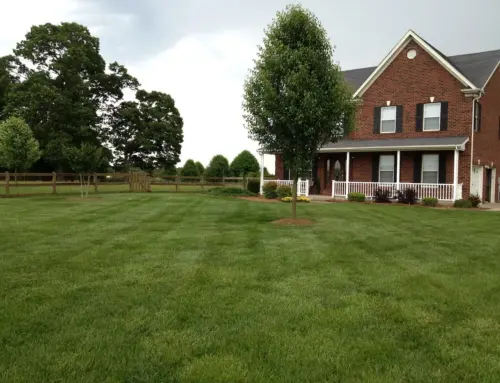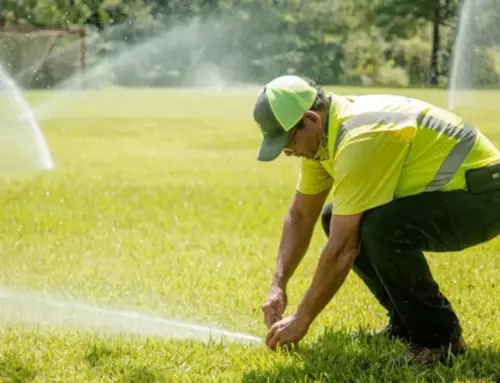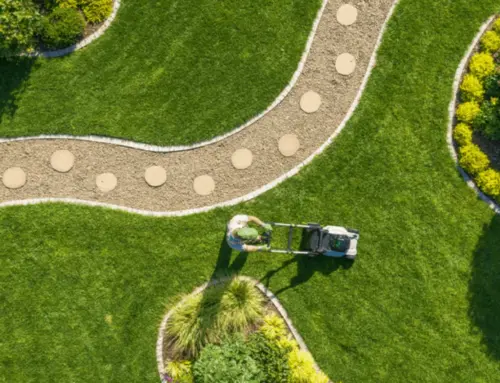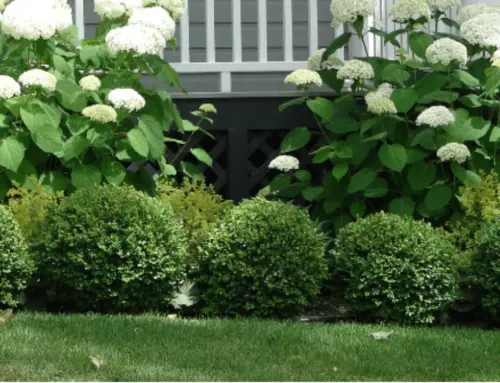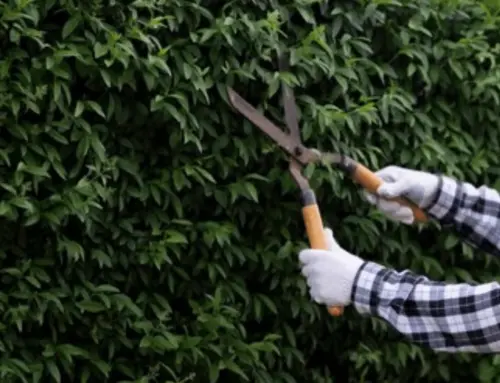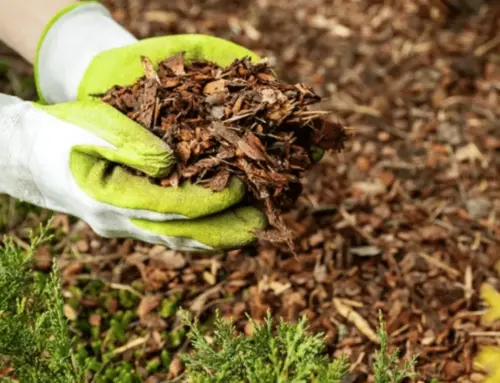Having a patchy lawn can be an eyesore and a source of frustration for many homeowners. Patchy grass can be caused by various factors, including poor soil quality, inadequate fertilization, over-watering, and even pests.
Fortunately, there are several steps you can take to diagnose the cause of your patchy grass and restore it to its former glory. This article will explore the most common causes of patchy grass and examine how you can fix it.
Various factors, including poor soil quality, improper mowing, overuse, disease, and lack of water or nutrients, can cause patchy grass. To fix patchy grass, you can try the following steps:
Improve soil quality: Test the soil pH and add compost or fertilizer to improve soil fertility.
Proper mowing: Mow your lawn at the right height and frequency, leaving the grass clippings on the lawn to act as a natural fertilizer.
Reduce overuse: Avoid overusing specific lawn areas by limiting foot traffic, moving furniture and toys around, and giving the grass time to recover after heavy use.
Treat disease: Identify any disease affecting your grass and treat it promptly with fungicides or other treatments recommended by a lawn care professional.
Watering and fertilizing: Ensure that your grass gets enough water and nutrients by watering deeply and regularly and using a balanced fertilizer at the right time of year.
Seed bare spots: Overseed any bare or thin areas of your lawn to encourage new growth and fill in the patches.
Consider reseeding the entire lawn: If the patchiness is widespread, consider overseeding the whole lawn for a fresh start.
Common Causes of Patchy Grass and How To Identify Them
Suppose you have a lush, green, and healthy lawn but have noticed some bare spots in it. In that case, the bare spots could be caused by several things, including excessive foot traffic, poor soil conditions, pet urine, grub infestation, chemical spills, fungal disease, buried rocks, or any of several other possible causes.
It is crucial to recognize and solve the underlying cause, so the same problem does not continue to reveal itself on your lawn. Several ways can effectively patch these bare spots; nevertheless, it is equally important to understand and address the source.
It is highly dependent on the sort of grass that you have. You could be lucky if your lawn comprises Kentucky Bluegrass, Bermuda Grass, Zoysia Grass, St. Augustine Grass, or Creeping Red Fescue.
All of these grasses are resistant to grubs and other pests. In addition, these grasses have runners, similar to vines and stolons above ground, and rhizomes, similar to stems, which are found below ground. This allows them to spread laterally and gradually fill in any bare spots that may have appeared on your lawn.
If you reside in the south, there is a greater likelihood that you already have to spread grass in your yard. Most of the grasses in the north are of the bunch type, which does not propagate very well.
Let us know if you need assistance in determining the species of grass that are present in your lawn.
Using Soil Testing Kits to Diagnose Your Yard’s Problems
Soil testing kits are essential for any homeowner who wants to ensure their yard is healthy and thriving. These kits allow you to accurately assess the pH balance of your soil, which is a crucial factor in determining the health of your plants. With a soil test kit, you can quickly diagnose problems in your yard and take steps to fix them.
Soil testing kits come in various shapes and sizes, so it’s essential to find one suitable for your needs. It’s also important to consider the kit’s accuracy, as inaccurate readings can lead to incorrect conclusions about the health of your yard. By getting a soil test kit for your yard, you’ll be able to quickly identify any issues that may be affecting its health and take action accordingly.
By testing your soil, you can determine what nutrients may be lacking. This will help you decide which amendments to add or which type of fertilizer to use to improve the health of your yard. Additionally, a soil test kit can help you determine if any contaminants may be present in the soil and advise you on the best approach to address them.
5 Effective Solutions To Repair Your Patchy Lawn & Help it Grow Green Again
- Implement a Regular Watering Schedule: Establishing a regular watering schedule is essential for maintaining a healthy, vibrant lawn. Watering in the early morning hours (before 10 AM) is best since this will allow the water to soak into the ground before the day’s heat. Additionally, a sprinkler system or drip line can help ensure that your lawn receives an even amount of water.
- Overseed the Lawn: Overseeding is a great way to repair patchy areas in your lawn. It involves sowing grass seed over existing turf and thin patches to thicken up the lawn.
- Mow the Lawn: Mowing the lawn regularly is vital for keeping it healthy and looking its best. Cut the grass when it reaches 3-4 inches in height, and make sure to never remove more than one-third of the grass blade in any one mowing session.
- Water the Plants: The plants in your garden need water to thrive and stay healthy. If necessary, dig a hole in the ground, and water it with a hose or watering to ensure it reaches the root system. Also, mulch around your plants to keep soil temperature even if you live in a warm climate.
- Let the Soil Dry Out: If your plant shows signs of wilting, you need to let the soil dry out a little before watering again. This will allow the roots to absorb moisture from the ground better and avoid rotting from being too waterlogged.
If you ever need a professional to help you with your garden, lawn, or landscaping problems, know that Performance Lawn & Landscape is a perfect choice.
We offer a wide range of services, from lawn mowing and weed control to tree trimming and shrub care. We also provide complete lawn and landscape design services and can help you create a beautiful outdoor space that you and your family can enjoy!


